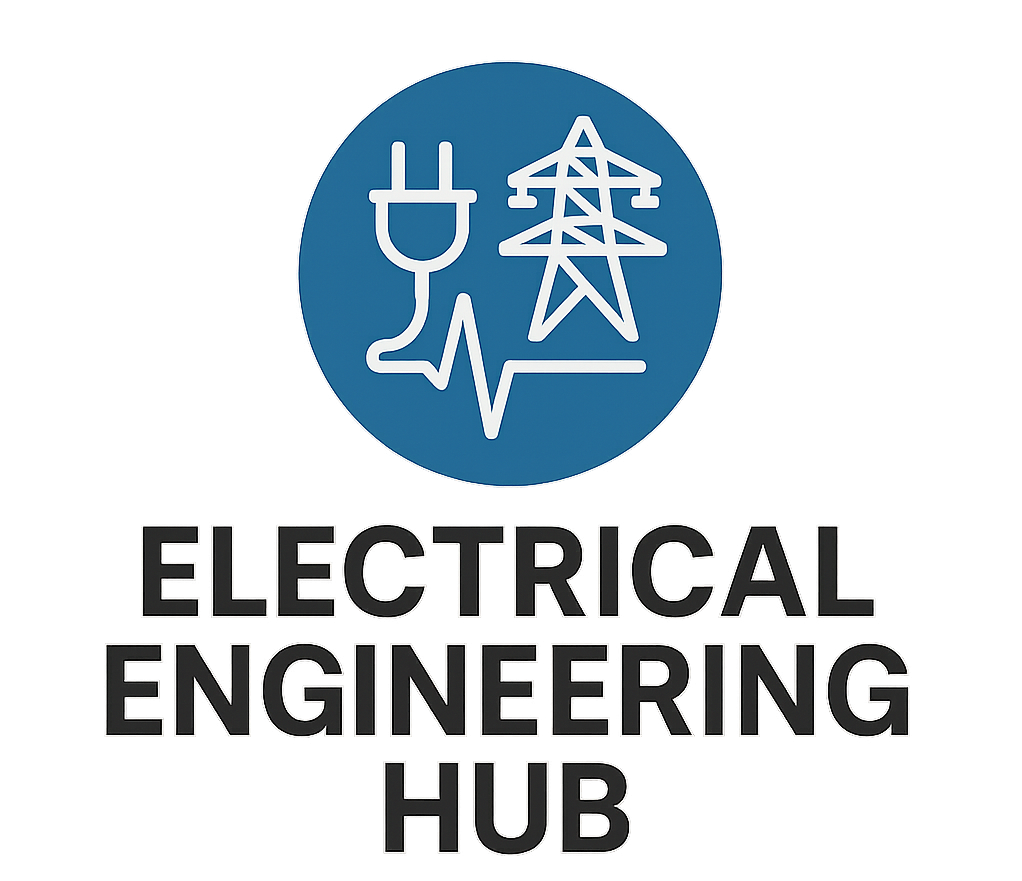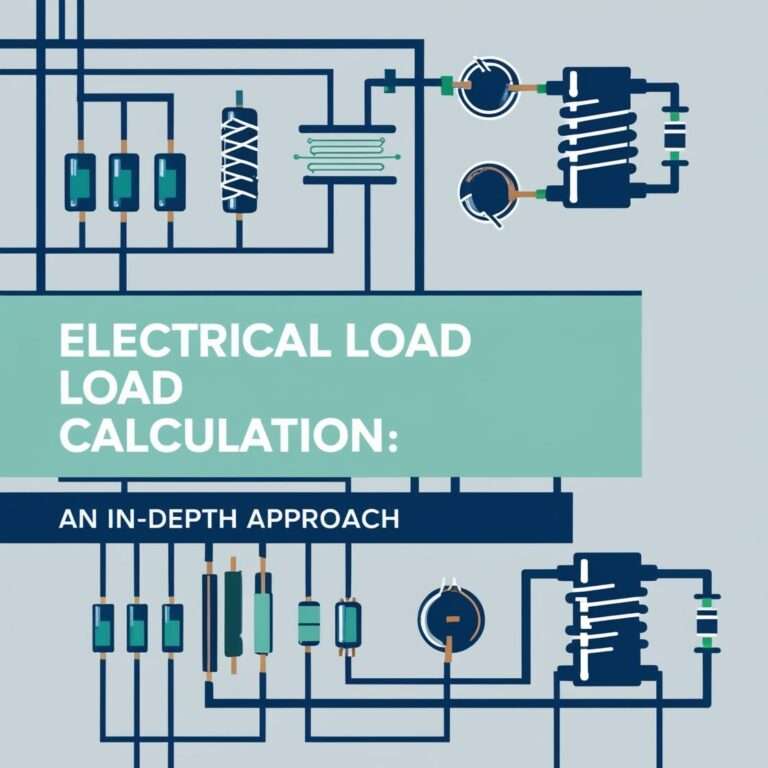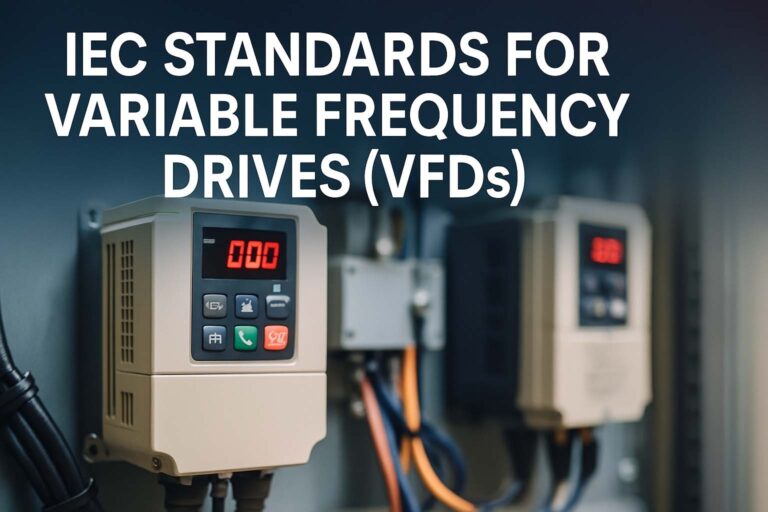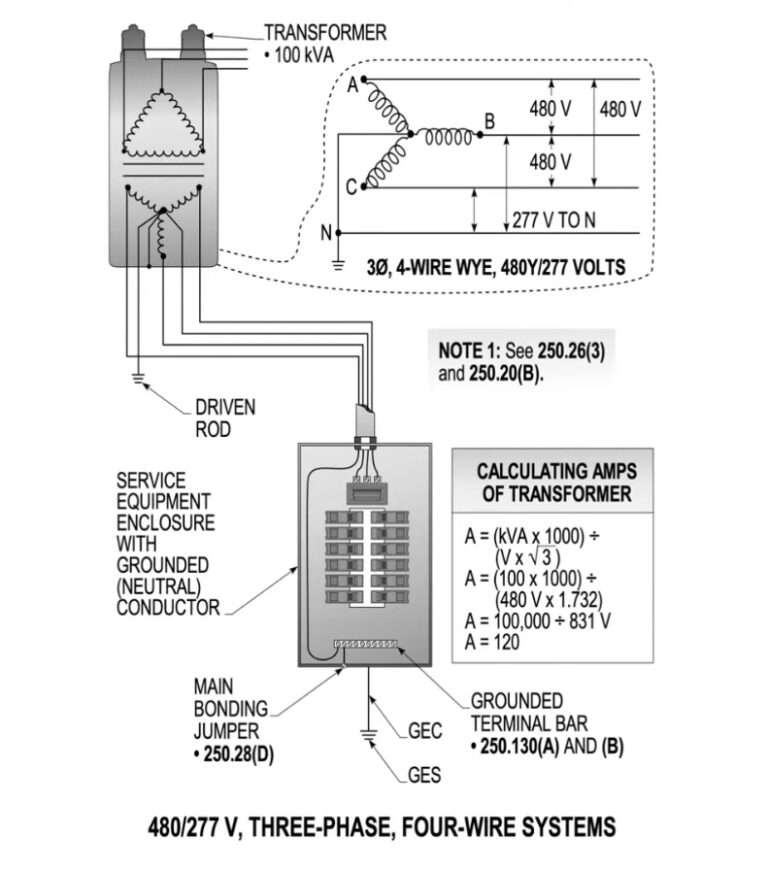Electrical Load Balancing in 3 Phase System: Best Guide
Introduction
Electrical load balancing in 3 phase system is important for ensuring efficiency, reducing power losses, and preventing equipment failure. An unbalanced load can cause overheating, power quality issues, and increased electricity costs.
A three-phase electrical system consists of three conductors, each carrying an alternating current that is 120 degrees out of phase with the others. Proper load balancing ensures that power distribution remains stable, preventing damage to electrical components.
This article explains the importance of electrical load balancing in 3 phase system, how to achieve it, and how it impacts related factors such as panel heat load calculation, panel design calculations, load computation, and generator sizing.
Table of Contents
Table of Contents
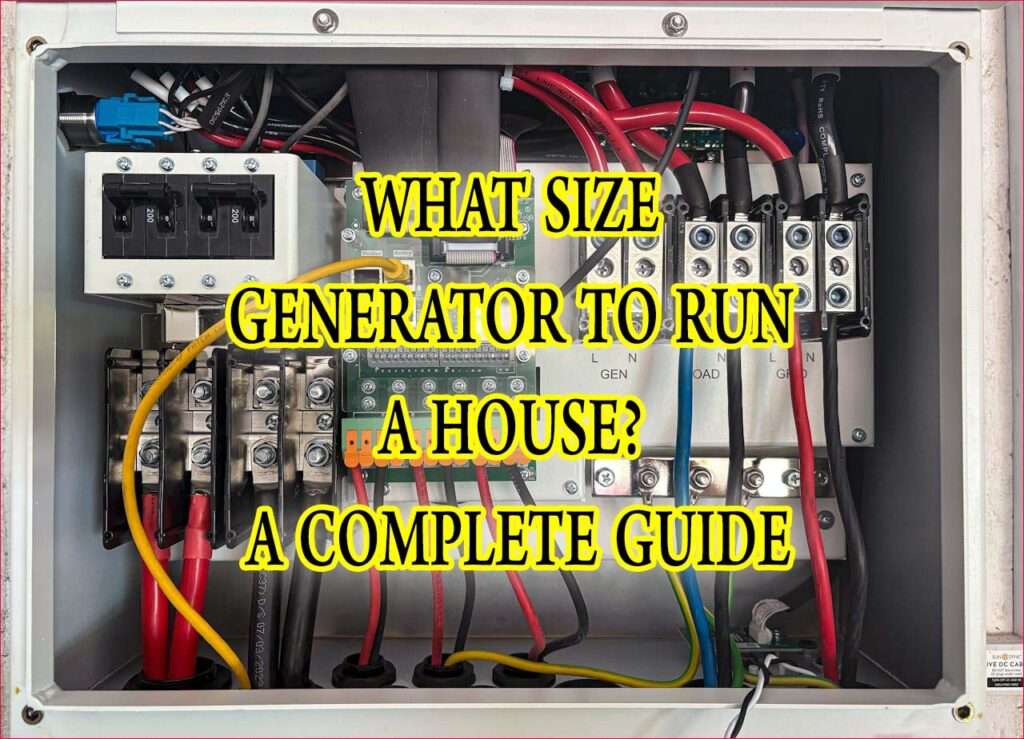
What is Electrical Load Balancing in 3 Phase System?
Electrical load balancing in 3 phase system refers to the process of distributing electrical loads equally across the three phases. The goal is to ensure that each phase carries an equal or nearly equal amount of current, reducing stress on the system.
In an ideal balanced system, the total current in the neutral conductor remains close to zero, leading to improved power quality and efficiency. However, many industrial and commercial systems suffer from load imbalance due to uneven distribution of electrical appliances and machinery.
Why is Electrical Load Balancing Important?
Load balancing is essential for several reasons:
Reduces Power Losses – Unbalanced loads lead to increased resistance and power loss in electrical conductors.
Prevents Overheating – Excessive current in one phase can cause overheating, leading to insulation damage and fire hazards.
Extends Equipment Life – Balanced loads reduce strain on transformers, motors, and generators.
Enhances Power Quality – Proper balancing reduces voltage fluctuations, improving system reliability.
Minimizes Neutral Current – A balanced system reduces neutral current, preventing overheating in the neutral conductor.
Effects of Unbalanced Loads in 3 Phase System
Unbalanced loads can cause several operational issues, including:
Voltage Drop – One or more phases may experience a voltage drop, leading to equipment malfunction.
Overloaded Neutral Conductor – The neutral conductor may carry excessive current, causing overheating and potential failure.
Increased Energy Costs – Unbalanced loads lead to inefficient power usage, increasing electricity bills.
Transformer Overheating – Transformers operating under unbalanced conditions can suffer from excessive heating and reduced lifespan.
Harmonic Distortion – Unbalanced loads may generate harmonics, leading to poor power quality.
Methods for Achieving Electrical Load Balancing in 3 Phase System
1. Load Redistribution
One of the simplest methods to balance loads is to redistribute single-phase loads evenly across the three phases. This can be done by analyzing the electrical panel and shifting loads accordingly.
2. Load Computation and Calculation
Accurate load computation is essential to determine how much power each phase is carrying. Load calculation tools can help assess the system and adjust loads for better balance.
3. Automatic Load Balancers
Modern electrical systems use automatic load balancers to dynamically adjust loads in real time. These devices monitor power usage and shift loads as needed to maintain balance.
4. Three-Phase Transformer Load Management
Three-phase transformers should be sized and configured to handle loads efficiently. Using a panel design calculator ensures proper transformer selection and load distribution.
5. Generator Sizing Considerations
An unbalanced system can affect the performance of a generator. When using a generator size calculator, ensure that the system accounts for load balancing to optimize performance and fuel efficiency.
Panel Heat Load Calculation and Load Balancing
Heat generation is a critical factor in electrical panels. Panel heat load calculation helps determine the cooling requirements needed to prevent overheating. An unbalanced load increases heat production, which can damage electrical components.
To minimize heat buildup:
- Ensure proper load distribution to prevent excessive heating in any one phase.
- Use ventilation or cooling fans in electrical panels.
- Regularly check load calculations to maintain balance and prevent hot spots.
Role of Panel Design Calculations in Load Balancing
Proper panel design calculations ensure that electrical panels are built to handle balanced loads. This includes:
- Proper circuit breaker placement to distribute loads evenly.
- Sizing conductors appropriately to handle expected current flow.
- Ensuring neutral conductor sizing to prevent overheating.
Using Load Calculation Tools for Proper Balancing
Various electrical tools can help assess and improve load balancing:
- Generator Size Calculator – Ensures the generator is correctly sized for balanced loads.
- Load Calculation Software – Provides insights into current distribution across phases.
- Power Quality Analyzers – Measures voltage and current imbalances.
Steps to Maintain Electrical Load Balancing in 3 Phase System
- Conduct Regular Load Analysis – Monitor each phase to detect imbalances early.
- Use Smart Load Management Systems – Automate load balancing with advanced control systems.
- Ensure Proper Panel Design – Verify that panel design calculations support balanced loads.
- Check for Overloaded Circuits – Prevent individual circuits from drawing too much current.
- Train Electricians and Technicians – Educate personnel on the importance of load balancing and corrective measures.
Conclusion
Electrical load balancing in 3 phase system is essential for improving power efficiency, reducing costs, and preventing equipment failure. By utilizing panel heat load calculations, panel design calculations, load computation, and generator sizing, engineers can optimize electrical systems for reliability and performance.
Follow Us on Social:
Subscribe our Newsletter on Electrical Insights for latest updates from Electrical Engineering Hub
ElectricalLoadBalancing, #3PhaseSystem, #LoadBalancing, #PowerDistribution, #ThreePhaseLoad, #BalancedLoad, #ElectricPower, #IndustrialElectricity, #PowerEfficiency, #ElectricalEngineering, #SmartGrid, #LoadManagement, #PowerFactor, #EnergyEfficiency, #GridStability
